Common Skin Disorders
Skin disorders vary greatly in symptoms and severity.
They can be temporary or permament, and may be painless or painful. Some
have situational causes, while others may be genetic. Some skin
conditions are minor, and others can be life-threatening. Common... Read more
44 Common Skin Disorders
Skin Cancer
- actinic keratosis: red, pink, or rough patch of skin on sun-exposed areas
- basal cell carcinoma: raised, waxy, pink bumps
- squamous cell carcinoma: red, scaly, rough skin lesions, typically on sun-exposed areas such as the hands, head, neck, lips, and ears
- melanoma: asymmetrically shaped moles or lesions with irregular borders, or change in color or diameter
Lupus
- fatigue, headaches, fever, and swollen or painful joints
- disc-shaped rash that doesn’t itch or hurt
- scaly red patches or ring shapes
- sunburn-like rash that spreads across the nose and both cheeks
Rubeola (Measles)
- fever, cough, and runny nose
- reddish-brown rash spreads down the body three to five days after first symptoms appear
- tiny red spots with blue-white centers inside the mouth
Acne
- papules: small red, raised bumps caused by infected hair follicles
- pustules: small, red pimples that have pus at their tips
- nodules: solid, painful lumps beneath the surface of the skin
- cysts: painful, pus-filled infections found beneath the skin
Hemangioma of Skin
- usually appear on the neck or face of infants
- small, red scratch or bump that eventually begins to protrude
- most disappear from the skin by age 10
Cold Sore
- red, fluid-filled blisters that appear near the mouth
- your lips will often tingle or burn before the sore is visible
- the sore is painful or tender to the touch
Psoriasis
- plaque: thick red patches of skin
- guttate: small red spots on the torso, limbs, face, and scalp
- inverse: a red, shiny, smooth rash in skin folds
- pustular: white pustules surrouned by red skin
- erythrodermic: resembles severe burns and covers large portions of the body
Rosacea
- subtype one: flushing, redness, and broken blood vessels
- subtype two: acne-like breakouts, redness, and oily skin
- subtype three: bumpy skin, thick skin on nose, chin, forehead, cheeks, and ears
- subtype four: bloodshot, watery, dry, and itchy eyes
Seborrheic Eczema
- yellow or white scaly patches that flake off
- affected areas may be red, itchy, greasy, or oily
- hair loss may occur in the area with the rash
Hives
- itchy, raised welts
- red and painful to the touch
- can be small, round, and ring-shaped or large and randomly shaped
Vitiligo
- loss of pigment in the skin
- focal pattern: loss of skin color in only a few small areas
- segmental pattern: depigmentation on one side of the body
- premature graying of scalp and facial hair
Warts
- common warts: rough, grainy appearance and rounded top
- plantar warts: small hole in the bottom of your foot surrounded by hardened skin
- flat warts: flat top that may be pink, brown, or slightly yellow
Necrotizing Fasciitis
- warm, red skin and sore muscles
- small, painful red bump develops and eventually grows and becomes more painful
- oozing, discolored skin
- lesions may appear
Cutaneous Candidiasis
- usually occurs in skin folds (armpits, between fingers)
- can be white or red
- progresses to cracked, sore skin with blisters and pustules
Carbuncle
- red, irritated lump under your skin
- body aches and fatigue
- fever, skin crustiness, or oozing
Cellulitis
- bacteria enter through a crack or cut in the skin
- red, sore, with swelling that spreads quickly
- hot and tender to the touch
Hypohidrosis
- minimal perspiration
- dizziness, flushed appearance
- muscle cramps or weakness
- feeling overly hot
Impetigo
- common in children
- itchy rash and fluid-filled blisters that pop easily
- swollen lymph nodes
Cutis Laxa
- rare, inherited skin condition
- loose, wrinkled skin
- varying severity of poor muscle tone, fragile bones, developmental delays
Decubitus Ulcer
- common among people who spend long periods in bed or a wheelchair
- hips, heels, and other bony areas are most vulnerable
- skin discoloration, infection, and open skin
Erysipelas
- red, swollen, warm, painful area of skin with raised edge
- blisters on the affected area
- generally feeling unwell
Diaper Rash
- near the diaper area
- skin looks red and irritated
- warm to the touch
Dyshidrotic Eczema
- blisters on fingers, toes, hands, or feet
- blisters are usually fluid-filled and itchy
- blisters will dry and turn to skin cracks after several weeks
Canker Sore
- an open, painful mouth ulcer
- white or yellowish and surrounded by red, inflamed soft tissue
- usually located on the inside of the cheek or lip
Herpes Stomatitis
- multiple blisters on the gums, palate, cheeks, tongue, or lip border
- difficulty eating, drinking, and swallowing
- drooling, pain, and swollen gums
Fungal Nail Infection
- scaling under the nail
- flaking white areas on the nail’s surface
- crumbling corner or tip of the nail
Ichthyosis Vulgaris
- polygon-shaped brown, gray, or white scales
- dry, itchy, thickened skin
- flaky scalp
Dermatomyositis
- red or violet rash on the face, chest, nails, or elbows
- muscle weakness that starts in the neck, arms, or hips
- most common between the ages of 5 and 15 or 40 and 60
Molluscum Contagiosum
- bumps that may appear in a patch of up to 20
- small, shiny, and smooth
- flesh-colored, white, or pink
- firm and dome-shaped with a dent or dimple in the middle
Ingrown Nails
- skin next to the nail becomes tender, swollen, or hard
- pain, bleeding, or oozing pus
- overgrowth of skin around toe
Acrodermatitis
- affects children between the ages of 6 and 12
- itchy, red blisters usually on the arms, thighs, and buttocks
- blisters may turn purple and fill with fluid
Sebaceous Cyst
- found on the face, neck, or torso
- large cysts may cause pressure and pain
- very slow-growing
Seborrheic Keratosis
- start out as small, rough areas
- develop thick, wart-life surfaces over time
- usually oval-shaped and brown
Pilonidal Sinus
- symptoms aren’t very noticeable until an infection occurs
- pain when sitting or standing
- swelling of the cyst
- reddened, sore skin around the area
Lichen Planus
- purplish-colored bumps with flat tops (mostly found on the wrist, inner forearm, or ankles)
- lesions that develop and spread over the course of two weeks to a few months
- itching, blisters, and white lines over the rash
- lesions in the mouth, which may burn or be painful
Actinic Keratosis
- known as "age" spots
- skin patches that are brown, tan, gray, or pink
- appear on parts of the body that receive a lot of sun exposure (hands, arms, face, scalp, and neck)
- thick, scaly, or crusty skin patches
Stasis Dermatitis and Leg Ulcers
- skin appears thin and itches
- can crack and ooze fluid
- skin thickens and appears brown and lumpy in later stages
- ulcer forms in final stages

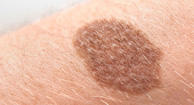
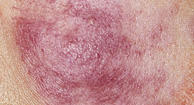
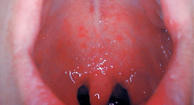
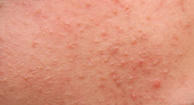
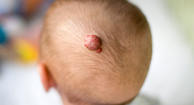
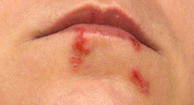
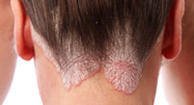
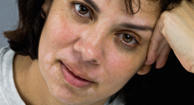
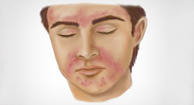
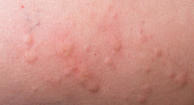
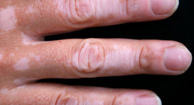
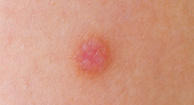
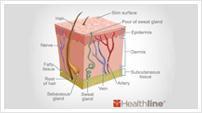
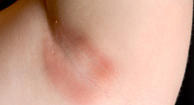
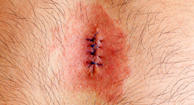
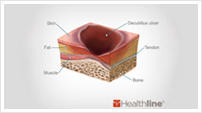
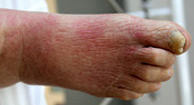
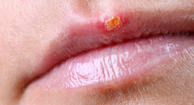
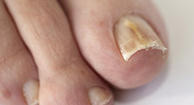
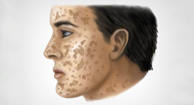
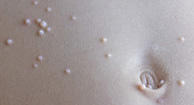
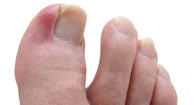
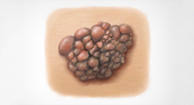

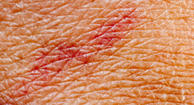
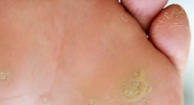
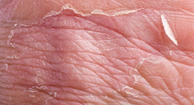
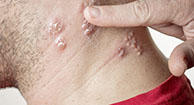
No comments:
Post a Comment